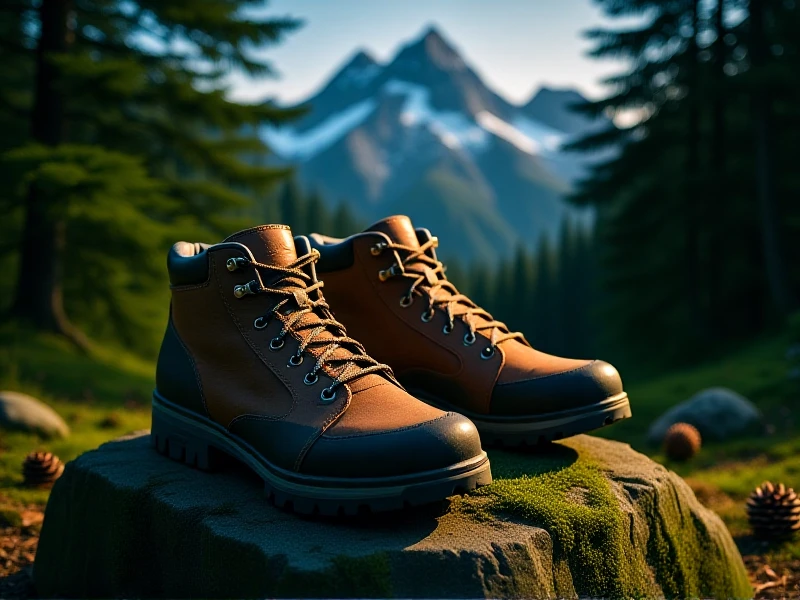
Unlock Your Summit: Choosing the Perfect Mountaineering Shoes
Here is an SEO-optimized article about mountaineering shoes:
Conquering high peaks requires more than just determination; your foundation starts with your feet. Mountaineering shoes are the critical piece of gear bridging your ambition and the mountain's challenge, far removed from standard hiking boots. Choosing the right pair isn't about comfort alone; it's about safety, performance, and reaching the summit successfully. Making an informed choice is paramount.
Understanding the distinct categories of mountaineering footwear is the first step. For demanding technical ascents involving rock scrambling or ice, specialized mountaineering boots offer superior stiffness for precise crampon attachment, critical ankle support on uneven terrain, and exceptional waterproofing against snow and ice melt. Their rigid construction maximizes power transfer on steep inclines. For warmer conditions, fast-and-light missions, or less technical trails approaching a base camp, sturdy hiking shoes or durable hiking boots might suffice, but always prioritize models offering excellent grip and support crucial for mountain environments.
Key features define high-performance mountaineering shoes:
- Ankle Support: Essential for navigating treacherous terrain with heavy packs, preventing twists and sprains. Look for a snug, supportive collar.
- Waterproofing & Breathability: Technologies like Gore-Tex® are essential for keeping feet dry in wet snow and damp conditions while managing sweat during exertion.
- Outsole Grip: Aggressive Vibram® or similar rubber soles with deep, widely-spaced lugs provide unparalleled grip on rock, scree, and icy surfaces. Stiff midsoles aid edging on rock.
- Durability & Protection: Abrasion-resistant uppers (synthetic materials or leather) and toe caps protect against rock scrapes and impacts.
- Compatibility: Mountaineering boots designed for technical climbs must securely accept specific types of crampons (often step-in or hybrid systems). Ensure compatibility if ice travel is part of your objective.
Don't underestimate the fitting process. Your mountaineering shoes should fit snugly, especially in the heel and midfoot to prevent sliding, without pinching toes. Remember to wear the socks you plan to climb in and account for potential swelling during long days. Allow time for thorough break-in hikes before committing to a major expedition; blisters or discomfort can derail even the most seasoned climber.
Ultimately, the best mountaineering shoes are those that align perfectly with your specific mountain objectives, offer reliable protection and support, and fit your feet impeccably. Investing in the right pair is an investment in your safety, comfort, and summit success – the solid foundation for every memorable mountain adventure. Consult with specialized outdoor retailers to find your perfect match. Your feet, and your summit aspirations, will thank you.